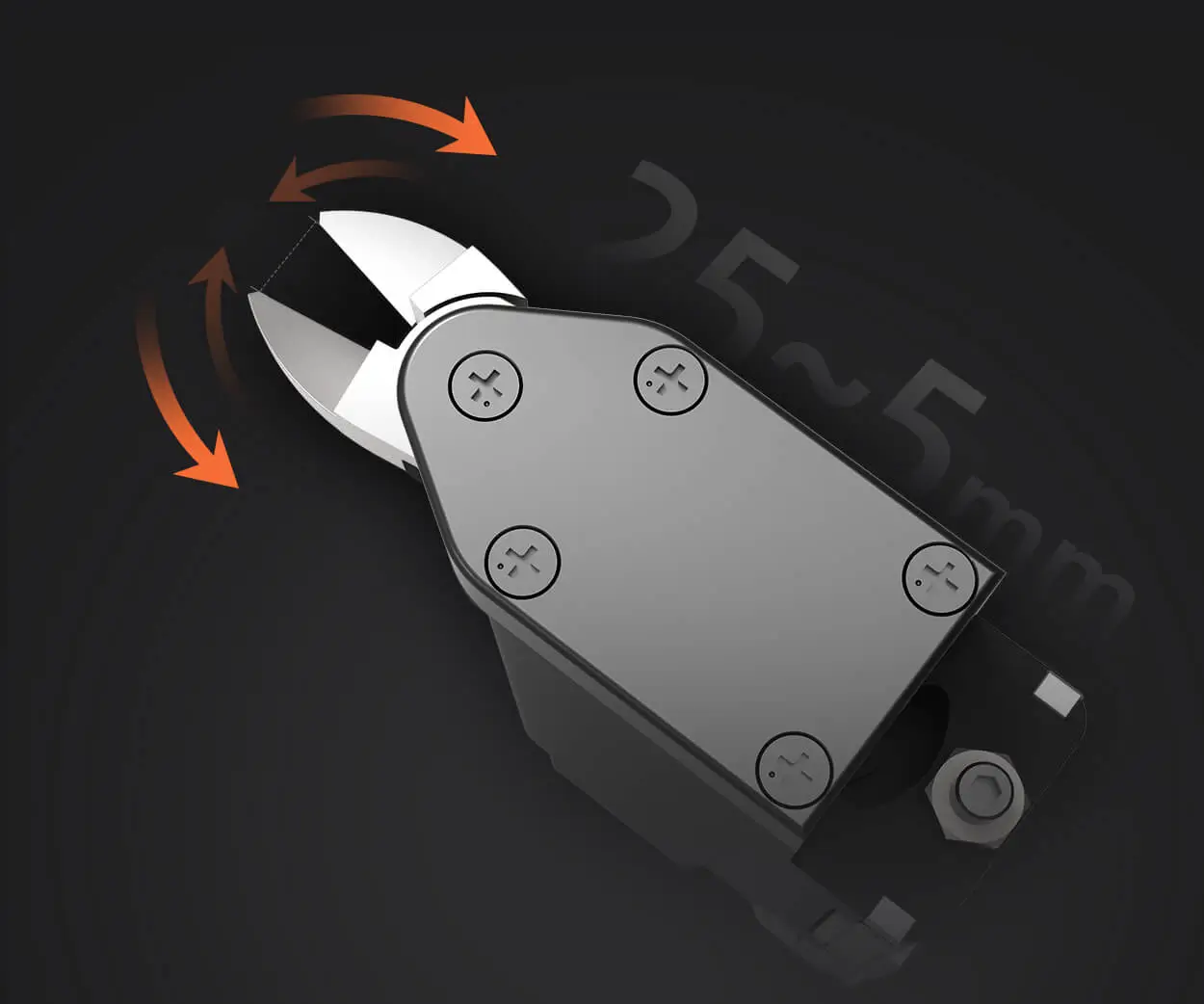Introduction: The Small Giant of Robotics and Electronics
In the expansive universe of electronics and robotics, few components bring as much versatility and excitement as the servo motor. Among these, the SG90 servo motor stands out like a tiny superhero—compact, affordable, and surprisingly capable. Whether you're setting up a robotic arm, an RC vehicle, or an automated camera system, this miniature motor proves that size doesn't limit potential.

The SG90, often labeled as a micro servo, has gained immense popularity in DIY maker communities, educational institutions, and professional prototypes alike. Its affordability combined with manageable complexity makes it an ideal starting point for those venturing into automation and robotics.
A Brief History and Development
First introduced into the market in the early 2000s, the SG90 servo motor quickly gained recognition for its balance between performance and affordability. Developed by various manufacturers, especially popularized by companies like TowerPro, this model became the go-to servo for both beginners and experts. Its design capitalized on advances in brushed DC motor technology, combined with efficient gearboxes and control electronics, to deliver precise angular control in a tiny package.
What Makes the SG90 Stand Out?
The appeal of the SG90 lies primarily in its size, weight, and ease of use. Weighing in at approximately 9 grams, this servo can fit into tight spaces, making it perfect for lightweight applications. It measures roughly 23 x 12.2 x 29 mm, dimensions that can be comfortably integrated into wearable tech, small robots, or drone controls.
Despite its small stature, the SG90 boasts a torque of around 1.8 kg·cm at 4.8V, allowing it to maneuver lightweight components with wiggle room. Its rotational range typically extends from 0° to 180°, enabling a wide array of movements—perfect for mimicking biological joints or fine control mechanisms.
The core component that makes this possible is a high-quality gear train, often made from plastic, which balances durability with affordability. Its electronics are designed for simple pulse-position modulation (PPM) signals, usually controlled via microcontrollers such as Arduino, Raspberry Pi, or even simple PWM generators.
Technical Specifications in Detail
Specification Details Voltage Range 4.8V – 6V Stall Torque Approx. 1.8 kg·cm (4.8V) Operating Speed 0.12 sec/60° (4.8V) Rotation Range Typically 0° to 180°, some versions up to 200° Dimensions About 23 x 12.2 x 29 mm Weight ~9 grams Gear Type Plastic gear train Control Signal PWM (Pulse Width Modulation) Power Consumption Varies depending on load, generally low
Why Choose the SG90?
Beyond its technical specs, the SG90’s charm lies in its straightforward operation. Its control via PWM makes it compatible with virtually all microcontroller platforms. The low cost means experimentation doesn’t come with huge financial risk, which is why students and hobbyists love it.
Moreover, its robustness under moderate loads makes it suitable for countless projects—robotic arms, pan-tilt cameras, automated vent systems, and more. It embodies the principles of accessible automation: small size, low cost, simple operation, yet capable of impressive results.
Common Applications and Projects
The flexibility of the SG90 servo motor extends across numerous domains. Here are some popular applications:
Robotics: Ideal for humanoid joints, robotic arms, and mobile robots requiring precise angulation control. Remote-Control Vehicles: Used to steer RC cars, boats, or planes, offering reliable and quick movements. Camera Gimbals and Pan-Tilt Mechanisms: Facilitates panoramic shots and stabilized video recording. Educational Tools: Its simplicity makes it perfect for teaching concepts of control systems, electronics, and programming. Automated Systems: Opens doors for home automation projects involving opening vents, controlling blinds, or managing small doors.
Advantages and Limitations
The SG90 offers notable advantages:
Affordability: Cost-effective, enabling high-volume deployments or multiple experimental setups. Lightweight: Perfect for projects where weight saving is critical. Ease of Use: Compatible with common microcontrollers and simple to program. Availability: Widely available from various online and offline sources.
However, it’s not without limitations:
Limited Torque: Not suitable for heavy-duty applications. Plastic Gears: Prone to wear and damage under high load or prolonged use. Range and Speed: While adequate for many projects, it’s not the fastest or the most powerful servo.
Choosing the Right Version of SG90
Manufacturers often produce slight variations of the basic SG90, with differences in gear material, color, and markings. When selecting one, consider the specific requirements of your project. For instance, some models may feature metal gears for added durability in demanding applications.
Additionally, some "revamped" versions claim to offer higher torque or extended rotation. Always review the specifications carefully and check user reviews to ensure compatibility with your application.
Stay tuned for part two, where we'll explore the setup, control techniques, troubleshooting, and creative projects featuring the SG90 servo motor. This tiny component is more than just a motor; it's a gateway to endless innovation.
Kpower has delivered professional drive system solutions to over 500 enterprise clients globally with products covering various fields such as Smart Home Systems, Automatic Electronics, Robotics, Precision Agriculture, Drones, and Industrial Automation.




































